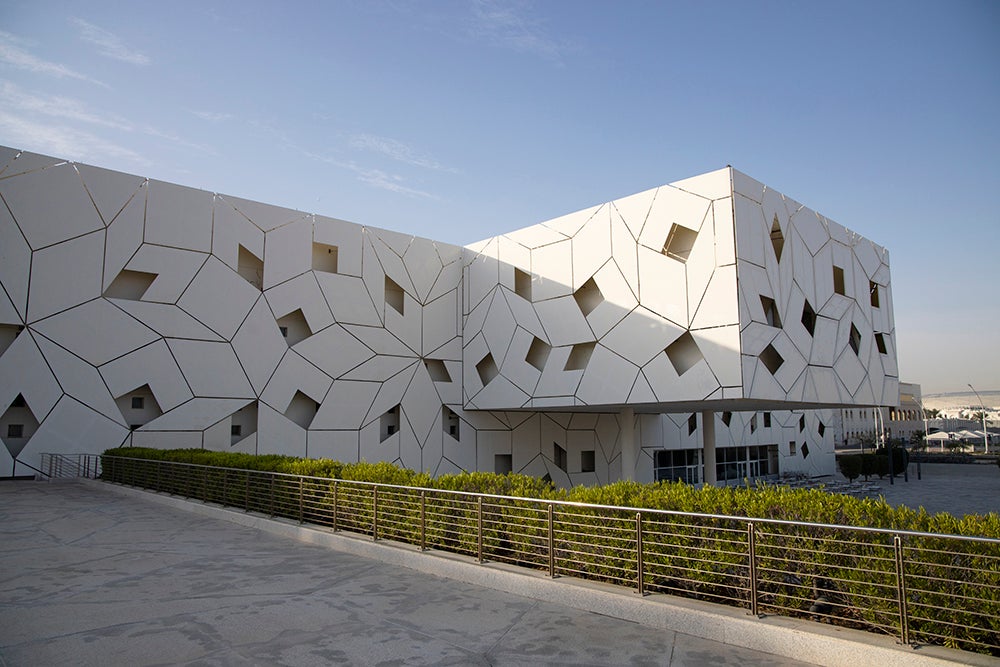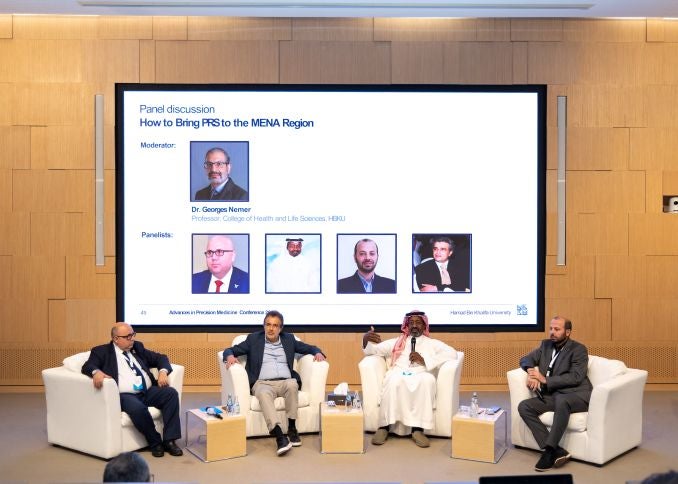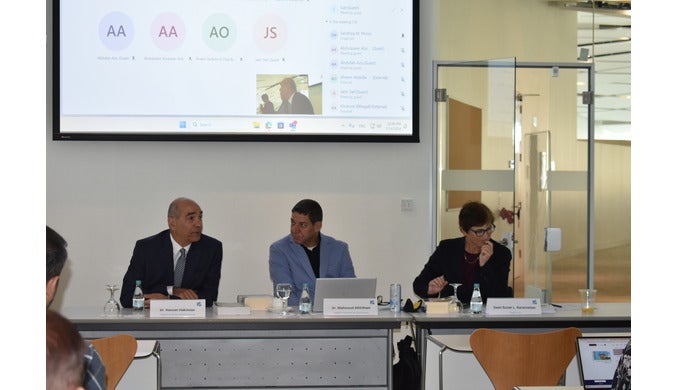By Aisha Al-Qadi, Karina Hernandez Garcia, and Ida Jatta

The COVID-19 pandemic has exacerbated gender dynamics within the MENA region. Both men and women have borne financial losses but, with their online learning disrupted and a growing unemployment rate, women have additionally suffered from a loss of autonomy, safety, and economic independence. This has unsettled family dynamics in the home and left women balancing the “double burden” of working in the private and public domains. And while the internet is celebrated as the panacea for challenges resulting from restricted movement and services under lockdowns, the lived reality for many Arab women restricts their digital access, and with that, their opportunities to access education, livelihood opportunities, health services, and information.
Feminizing the digital divide
COVID-19 has compounded high unemployment and poverty rates among women and threatens the gradual progress that has been made in closing the gender unemployment gaps in the region.
 Prior to the pandemic, female participation in the labor market in the Arab region was already weak, at 21% compared to 70% for men. However, the pandemic has increased unemployment rates, notably in female-concentrated sectors such as the manufacturing and service industries. As a result, and given the prevailing social norms, women’s household responsibilities have increased, preventing them from participating in digital spaces. The COVID-19 Family Life Study confirms that across cultures, mothers continue to bear the full burden of unpaid care work.
Prior to the pandemic, female participation in the labor market in the Arab region was already weak, at 21% compared to 70% for men. However, the pandemic has increased unemployment rates, notably in female-concentrated sectors such as the manufacturing and service industries. As a result, and given the prevailing social norms, women’s household responsibilities have increased, preventing them from participating in digital spaces. The COVID-19 Family Life Study confirms that across cultures, mothers continue to bear the full burden of unpaid care work.
The pandemic has also affected the large proportion of women in the informal economy, representing 61.8% in the MENA region. They face insecurity because their jobs do not allow them to work from home, keeping them trapped in a less advantaged socioeconomic status. The result is a decline in purchasing power parity. Overall, women will simply have less opportunity to gain access to digital technologies (by purchasing mobile phones, laptops, internet connectivity, etc.), and the poorest of digital users will continue struggling to keep up with the latest technology developments.
Impact on education
The pandemic has also exposed a widening gender gap between technological “haves” and “have nots”. Historically, high female illiteracy rates in the region have been one of the constraints on women’s access to information through online platforms. The rapid shift to the digital sphere underscores the importance of digital literacy with many more women forced to work online but finding difficulty in adapting. Others who work in the manufacturing and service industries do not have that privilege.
 For young girls, an already marginalized group in the MENA region, lockdowns blur the line between their domestic and personal or educational responsibilities and impact their education. Tasked with the socially defined gender roles that require them to perform household chores, staying at home means many risk missing their online classes because of domestic work and this may create educational gaps.
For young girls, an already marginalized group in the MENA region, lockdowns blur the line between their domestic and personal or educational responsibilities and impact their education. Tasked with the socially defined gender roles that require them to perform household chores, staying at home means many risk missing their online classes because of domestic work and this may create educational gaps.
In addition, many may have unequal access to laptops in the home yet prevailing social norms in the region, which dictate girls’ movements within society, might limit their chances of accessing internet facilities outside the home to attend classes. Young girls have fewer options of going to cyber cafés than boys, which also highlights the issue of women’s limited access to the public space and confinement within the private space.
Gender-based violence
During lockdowns, women have reported an increase in domestic violence and this has taken new forms. Women are isolated with their abusers without access to services and support due to social distancing measures. The patterns and behaviors of gender-based violence are replicated in digital spaces, leading to what has been deemed a “pandemic of online gender-based violence”. Women are subjects of state-sanctioned surveillance, whether in using “women’s data against them, arresting and silencing those who express opposing opinions”, according to a 2020 Oxfam report “Claiming and Reclaiming the Digital World as a Public Space”. Likewise, women continue to suffer from online sexual harassment, cyberbullying, and victim-blaming comments and messages. Such practices might result in women abandoning digital spaces, and losing the opportunity to claim a public space that can facilitate online activism, solidarity bonds, and mutual support.
Beyond the pandemic
 Taken together, it is clear that COVID-19 is magnifying the digital gender divide, with the largest impact on already marginalized groups in the MENA region, including Arab women. The educational gap, rural/urban division, income security, and generational differences increase the digital divide, simultaneously impacting access to education, employment, health services, and information, and silencing women’s voices in the digital space on issues that affect them the most, thereby reinforcing social inequalities.
Taken together, it is clear that COVID-19 is magnifying the digital gender divide, with the largest impact on already marginalized groups in the MENA region, including Arab women. The educational gap, rural/urban division, income security, and generational differences increase the digital divide, simultaneously impacting access to education, employment, health services, and information, and silencing women’s voices in the digital space on issues that affect them the most, thereby reinforcing social inequalities.
Cyberspace itself has become segmented, with women calling for support from other women. Though strong female solidarity has driven women to where we are today, an all-inclusive space needs to be constructed where women can incorporate men into their efforts. It is imperative to educate men and boys about online violence to shift social norms that reinforce gender-based violence against women. An effective effort to close the digital gender gap in the MENA region, with appropriate policy responses by Arab governments, regional actors, and all stakeholders, must be informed by an intersectional and inclusive, but also culturally-sensitive approach, considering Arab women’s lived realities. Otherwise, the progress women have achieved so far is at risk due to this widening digital gender gap.










